
Tenczynek
Elaboration author
Emilia Karpacz
Monuments
Parishes

St. Anthony of Padua
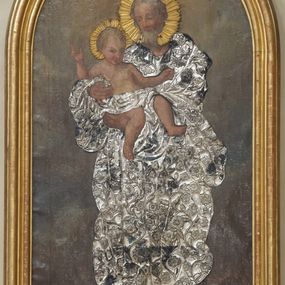
St. Joseph and the Child
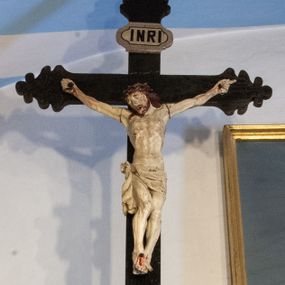
Crucifix
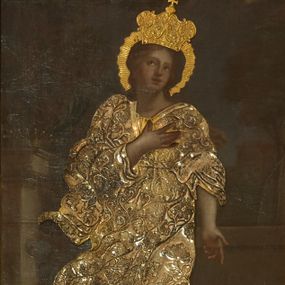
Picture

Picture
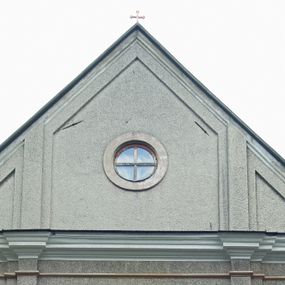
Church of St. Catherine of Alexandria in Tenczynek
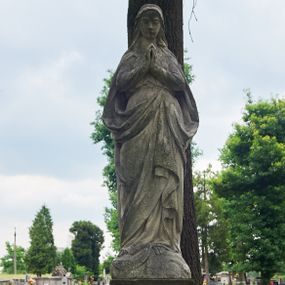
Tombstone

Crucifix
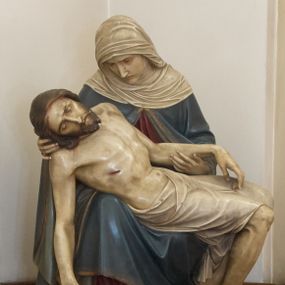
Pietà
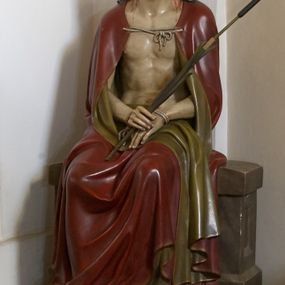
Ecce Homo
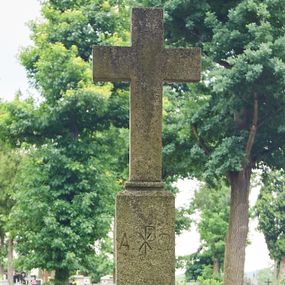
Tombstone of father Seweryn Paszkowski
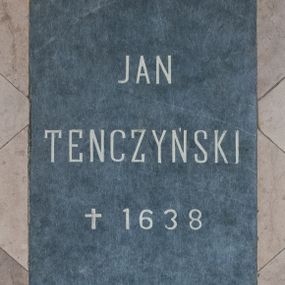
Tombstone of Jana Tęczyński
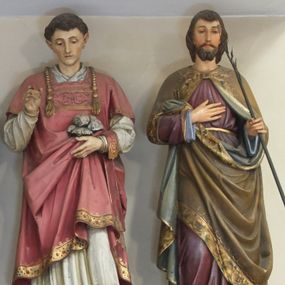
St. Valentine
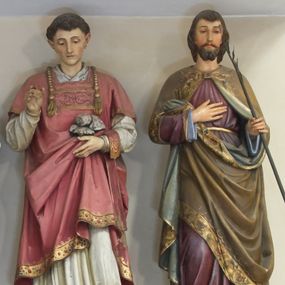
St. John the Baptist
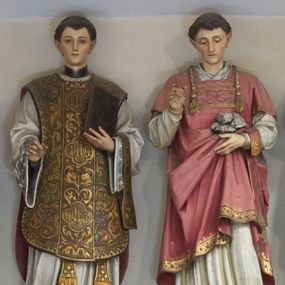
St. Stephen
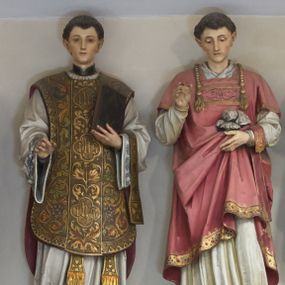
St. Joseph
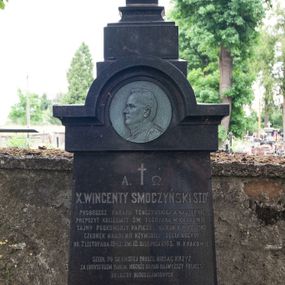
Tombstone of father Wincent Smoczyński
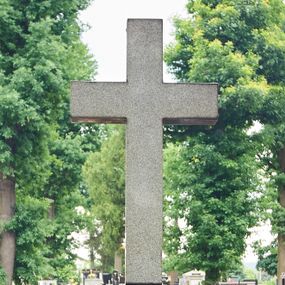
Tombstone of Tekla Wężyk

St. Jadwiga of Poland and Jan Tęczyński
History abstract
The village was founded as a part of a colonisation movement led by Nawój of Morawica, member of the Toporczyk family, in the forests to the west of their family nest. On 13 May 1319, Nawój issued the incorporation charter of Tenczynek. He entrusted the role of founder and future village leader to a burgher named Sąd. The incorporation charter already reserved a single lan of land for the parson of the future village church. The parish of St. Catherine of Alexandria had to be established between 1319 and 1335, as the first mention of the parish appears in records related to Peter's Pence dated to the latter year.
1637 marked the death of Jan Magnus, voivode of Cracow and the last male representative of the Toporczyk-Tęczyński family. The husband of his daughter Izabela, Łukasz Opaliński of Bnin, became the new heir to Tenczynek. During the Swedish invasion, the army of King Charles Gustav laid siege to the Tenczyn castle, mercilessly plundering the area. As they withdrew, the Swedish troops set fire to the castle and completely devastated nearby villages, including Tenczynek. The parsonage and other buildings burned down. In order to restore economic balance to his estate, Łukasz Opaliński ordered the construction of a manor house, brewery, distillery, bakery and manor farm buildings in Tenczynek. In 1704, Helena Elżbieta Sieniawska née Lubomirska, wife of Adam Mikołaj Sieniawski, voivode of Cracow, became the heiress to the village. In 1710, the plague appeared in the Tenczyńska parish. Thanks to the actions of the parson Krzysztof Świątecki, who ordered a complete isolation of church buildings, no one in the village suffered. In 1731, following the wedding of Maria Zofia Sieniawska, the heiress to Tenczynek, to duke August Czartoryski, voivode of Ruthenia, the village became the property of the Czartoryski family. At the end of the 17th century, the daughter of duke August, Izabela, opened the first coal mine in Tenczynek. In 1818, a folk school was established in Tenczynek. In 1885, the teaching of children was entrusted to the Daughters of Charity, brought in by Father Wincenty Smoczyński.
The 19th century saw the development of industry and mining in the village. After Izabela, the estate was taken over by her grandson, Artur Potocki. Mines owned by the Potocki family and by other private investors survived until the great crisis, which resulted in a complete collapse of the market for the coal from the mines in Tenczynek.
During World War II, there was a German airport and a resistance point in the village; 24 bunkers have survived to this day. In 1952, the communist authorities deprived the sisters of their school. Nowadays, the village increasingly resembles a small town. In 2003, the streets were named.
How to cite?
Emilia Karpacz, "Tenczynek", [in:] "The Sacred Lesser Poland Heritage", 2026, source: https://sdm.upjp2.edu.pl/en/places/tenczynek-1